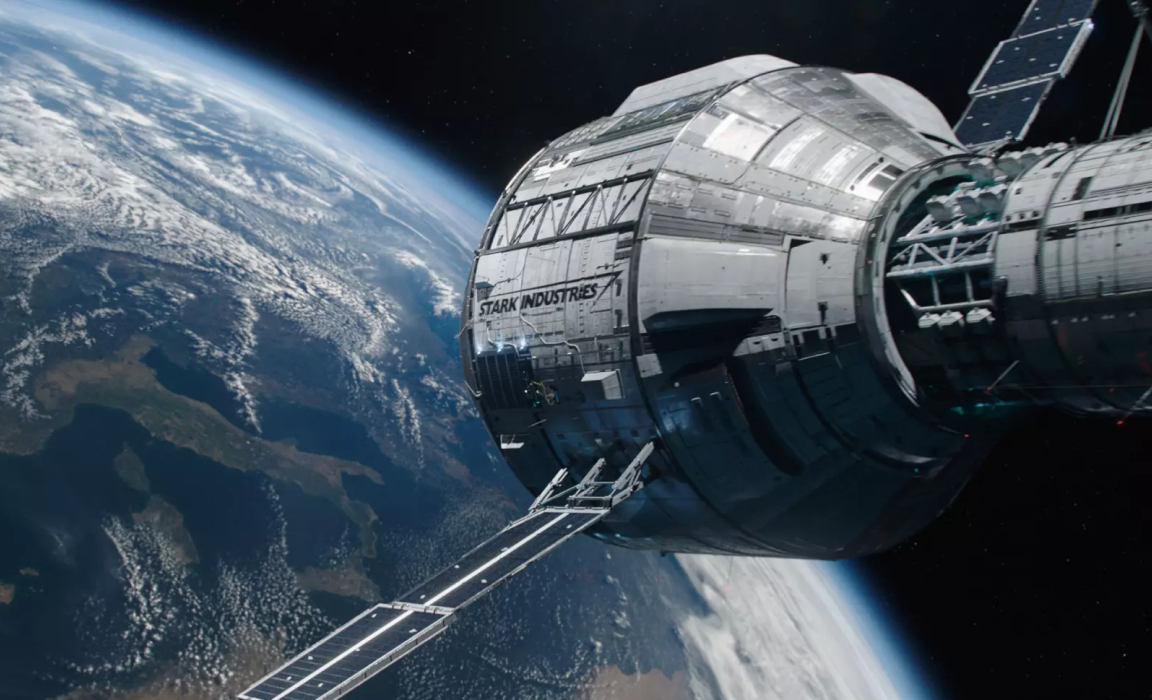How Do Satellites Work?
Satellites stay in orbit due to the balance between gravitational pull and centrifugal force.
Satellite Orbits
- LEO: Low Earth Orbit
- Earth Observation, Weather Forecasting, Geographic Area Surveying, Satellite Phone Calls
- 160-2000km → 1.5hrs Orbital Period
- MEO: Medium Earth Orbit
- GPS
- 20200km → 12hrs
- 24 satellites in MEO can cover the entire Earth
- GEO: Geosynchronous Earth Orbit
- Broadcasting
- 35786km → 23hrs 56min Orbital Period (same rotational speed as Earth)
- GEO Satellites can cover ⅓rd of the Earth’s surface → 3 satellites to cover the entire Earth
- Geo-Stationary Belt: Concentric to the equator, remain stationary with respect to the Earth
- Satellites here are ideal for television broadcasting since the angle of the satellite dish does not need to be adjusted
- The GSB is very crowded with Satellites and managed by ITU
- Van Allen Belt: a dangerous region between LEO and MEO where particles are highly charged which can damage satellite electronics
- Orbits by Inclination:
- Equatorial Orbit: parallel to the earth
- Inclined Orbit: some degrees (between 0-180) above or below the equator
- Polar Orbit: perpendicular to the equatorial orbit
- Orbits by Shape:
- Circular Orbit: eccentricity (how much a conic shape deviates from perfectly circular) of 0
- Ex. GEO, Equatorial, Polar
- Elliptical Orbit: eccentricity of between 0 and 1. Sometimes they are closer to Earth while other times they are farther (closest/farthest point = Perigee/Apogee)
- Ex. Highly Elliptical Orbit
- Circular Orbit: eccentricity (how much a conic shape deviates from perfectly circular) of 0
Components of Communication Satellites
- Transponders: change the frequency of the received signal, filter out any signal noise, and amplify the signal power
- Batteries and Solar Panels: solar panels are usually used for energy generation but during eclipse times batteries are used
- Sun Sensor: helps angle the solar panels in the right direction
- Reflector Antenna: receives signals from Earth stations
- Thruster: used to fix deviations from intended orbit (resulting from non-uniform distribution of Earth’s mass and the gravitational pull from Sun/Moon) as well as to avoid space junk
- Fuel Tank: stores fuel for the thruster in the body of the satellite
- Multi-Layer Films: protects the components from temperatures varying from -150 to 200℃ and radiation from the sun
- Ground Stations: not on the satellites. Stations on Earth perform Uplink (sending microwave signals up) and Downlink (receiving microwave signals back)
GPS Satellite
- Atomic Clock: measures time by monitoring the vibration of atoms
- L Band Antenna: a very efficient, small, low bandwidth operating antenna
Earth Observation Satellite
- Sensors, Cameras, other case-specific equipment, etc
Satellite Retirement
- When a satellite is no longer functional thrusters are fired to send the satellite to the Graveyard Orbit
- Thrusters firing horizontally → satellite rotational speed accelerates → more centrifugal force → satellite travels a few kilometers above the GEO
Case Study: Starlink
- May 24th, 2019: the first cohort of 60 satellites sent up via Falcon 9 (12,000 planned over the decade)
- Goal: provide high-quality broadband internet to regions before-unserved and low-latency connectivity to already established regions
- Consumers only need to buy a pizza-box sized antenna at $200 (developed in-house by SpaceX) to be able to access the Starlink network
- Current market receivers are around $30,000
- Krypton Thrusters: an ion thruster that autonomously avoids space debris and deorbits
- Used to raise Starlink satellites from initial orbit (440km) to final orbit (550km)
- Control Momentum Gyroscopes: navigate the satellite while in orbit
- Each Starlink satellite costs $300,000. At scale, Starlink will generate $30-50 billion/year
- Information is transmitted from Satellite to Satellite in a vacuum via light (light travels 47% slower in glass than in a vacuum)
- All satellites eventually are connected via lasers allowing a smooth transfer of information in the Starlink net (K-th Nearest Neighbor model)

